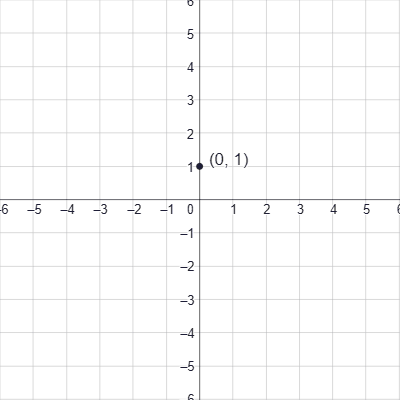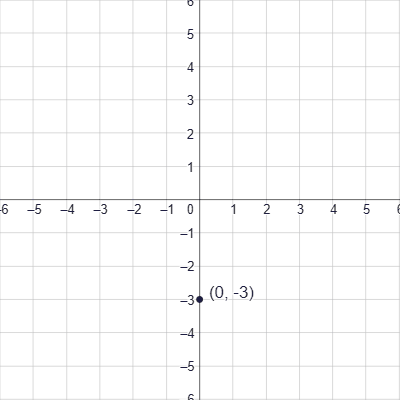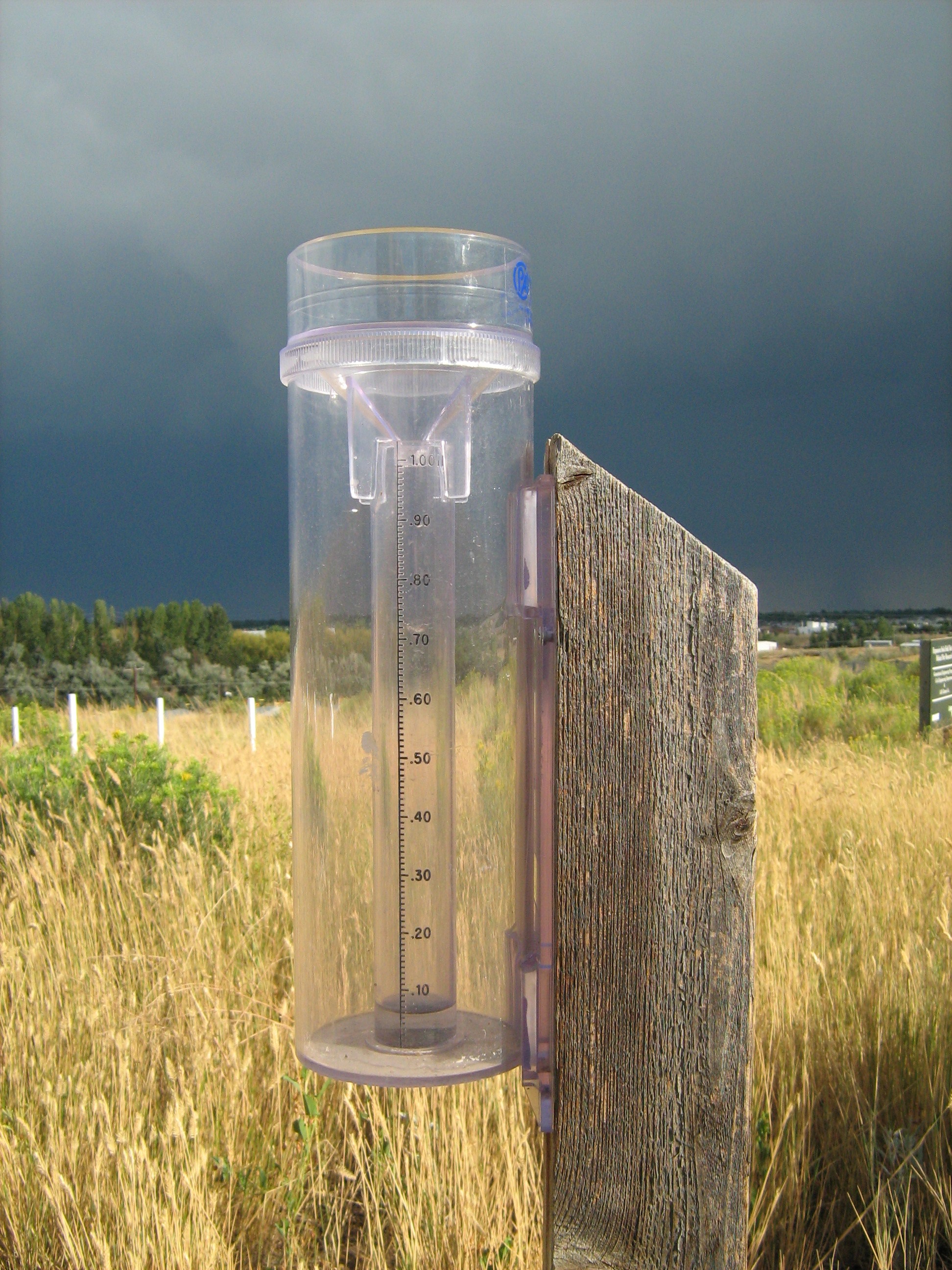
Algebra 2 by Richard Wright
Are you not my student and
has this helped you?
Objectives:
SDA NAD Content Standards (2018): AII.4.1, AII.5.3, AII.7.1

They say a picture is worth a thousand words. Many things can be read from a graph of a function such as solutions to equations, values at different points, and general trends. That is the reason things like stock prices are usually represented as graphs. This lesson is about making graphs of linear equations.
Linear equations are equations that graph a straight line. They can be written in the form y = mx + b where m is the slope and b is the y-intercept. The y-intercept is the place where the graph of the line crosses the y-axis. The equation y = mx + b is called slope-intercept form.

To graph any equation, you can always make a table of values by choosing a range of x values and plugging those into the equation to find the y values. Then plot the points and draw a line.
To graph a function by making a table,
Graph \(y=\frac{1}{2}x-2\) by making a table.
Solution
Choose a reasonable range of x values such as −4 to 4. Take each of those number and substitute it for x in the equation to find y.
| x | −4 | −3 | −2 | −1 | 0 | 1 | 2 | 3 | 4 |
|---|---|---|---|---|---|---|---|---|---|
| y | −4 | −3.5 | −3 | −2.5 | −2 | −1.5 | −1 | −0.5 | 0 |
Plot the points and draw a line.

To graph linear equations in slope-intercept form, y = mx + b
Graph y = 2x + 1.
Solution
By comparing to y = mx + b, we can see that the slope, m, is 2 and the y-intercept, b, is 1. Plot a point at 1 on the y-axis. Then from there follow the slope of 2, or \(\frac{2}{1}\), up 2 and over 1 to plot a second point. Repeat this to get several more points. Finally draw a straight line through the points.

Graph y = −x − 3.
Solution
By comparing to y = mx + b we can see that the slope, m, is −1 and the y-intercept, b, is −3. Plot a point at −3 on the y-axis. Then from there follow the slope of −1, or \(\frac{-1}{1}\), down 1 and over 1 to plot a second point. If needed, the slope of −1 could also be \(\frac{1}{-1}\), which is up 1 and left 1 to get additional points. Finally draw a straight line through the points.

The standard form of linear equations is Ax + By = C where A, B, and C are integers and A is usually positive.
To graph linear equations in standard form, Ax + By = C
Graph 3x − 4y = 12
Solution
Find the x- and y-intercepts.
x-intercept:
3x − 4(0) = 12
3x = 12
x = 4
The x-intercept is (4, 0).
y-intercept:
3(0) − 4y = 12
−4y = 12
y = −3
The y-intercept is (0, −3).
Plot those points and draw a line.

Since horizontal lines have zero slope, their equation becomes y = b. Vertical lines are similar, but have the equation x = c.
Horizontal lines: y = b
Vertical lines: x = c
Graph y = 3 and x = −2.
Solution
y = 3 is a horizontal line, so find a point where y = 3 and draw a horizontal line through it.

x = −2 is a vertical line, so find a point where x = −2 and draw a vertical line through it.

Solve the equation for y.
Solve the equation for y, then graph it by making a table.
Graph the equation. If necessary, solve for y first.
Find the x- and y-intercepts of the equation.
Graph by finding the intercepts of the equation.
Problem Solving
Mixed Review












